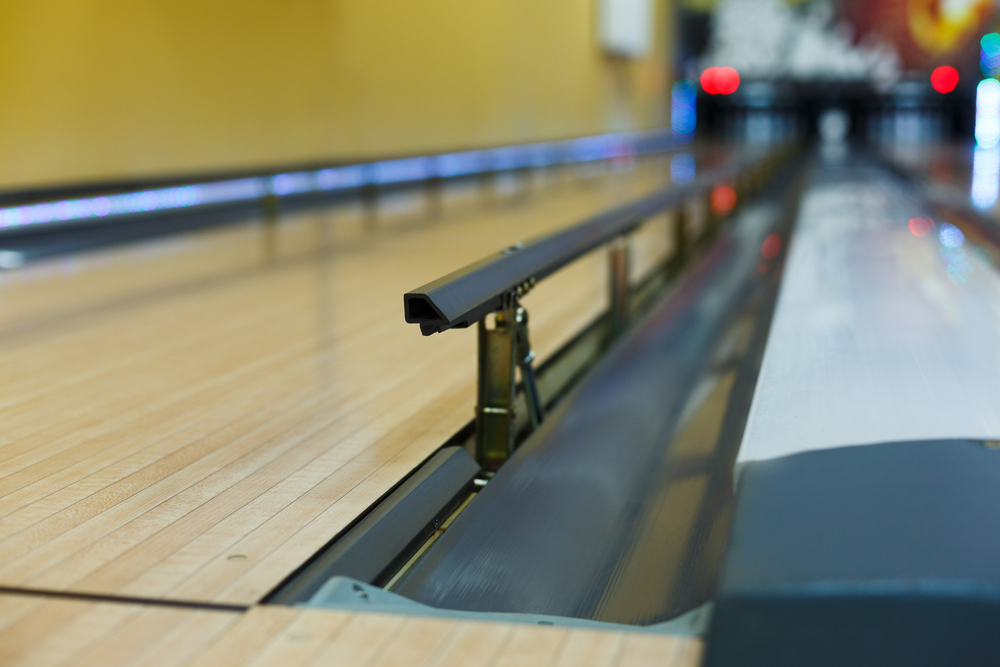
During a trip to the bowling alley, you may have noticed some people playing with tracks on each side of the bowling lane. These tracks, called bumpers, have a targeted function and help enhance the bowling experience for select bowlers.
If you’re wondering what bowling bumpers are, what they do, and who can use them, we’ve got good news! In this article, we’ll explore bumper bowling and everything you need to know about them.
What Are Bowling Bumpers?
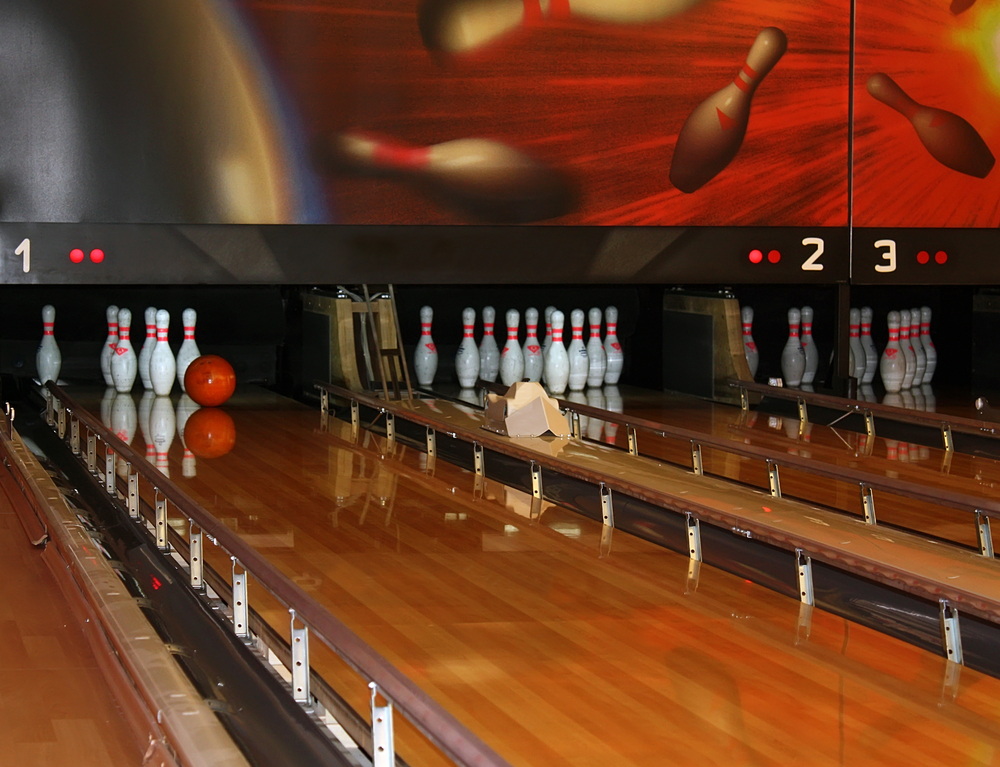
Bowling bumpers are metal or plastic gutter coverings or rails that pop up on the side of your lane. They prevent your ball from going into the gutter and help ensure that your ball hits the pins.
The gutters are completely blocked off when you play with bowling bumpers, so when your ball hits the bumpers, it’ll bounce off and continue to roll down the lane.
Bowling bumpers help you achieve a higher score than you’d usually get and can make bowling more enjoyable.
While bowling bumpers are common at most bowling alleys, they might be hard to find at older alleys, so don’t be surprised if your local bowling alley doesn’t have any.
How Bowling Bumpers Work
When bowling bumpers are not always in use, while in some alleys, they rest deep enough in the gutters not to affect your game. While in other bowling alleys, they are stationary and do not retract when your turn is over.
Bowling bumpers aren’t standard, so your game of bowling won’t start with the bumpers activated, and you’ll need to request them to be pulled up.
Some bowling alleys have a button on the scoring console that allows you to select bumpers. But in many alleys, you’ll have to speak with the person at the front reception desk.
When the bowling bumpers are attached to your player profile, they’ll come up right before your turn. Then, if the people you’re playing with aren’t using them, they’ll slide back into their holding area after your turn ends. This way, you can focus on the game and won’t have to contact the staff whenever it’s your turn.
If the bumpers are not attached to the profile and are manually lifted, typically, they are lifted at the beginning of the game and stay up the entire game.
Everyone bowling on the lane will benefit from the bumpers. They will not retract. Two lanes may be needed, one with bumpers and the other without.
Who Invented Bumper Bowling?

Bumper bowling was invented at Jupiter Lanes Bowling Center, a Dallas bowling center. Back in 1982, Philip Kinzer wanted to expand bowling accessibility to everyone, not just people who were physically able to maneuver heavy bowling balls.
Kinzer likened bumper bowling to playing baseball without having to know the pain of striking out. Bowling bumpers quickly spread and introduced generations of children and adults to the game.
Kinzer’s early bowling bumpers were made from plastic, inflatable balloons. They were manually filled by the bowling alley worker each time they were required and deflated and moved when the person finished playing. Also, they were cardboard tubes.
This took a substantial amount of time and was incredibly inconvenient for the bowling alley workers. So eventually, it fell out of fashion and was replaced with steel bumpers.
Although the workers didn’t have to spend time inflating them, the steel bumpers still had to be moved, set up, and stored when not in use.
Today, most bumpers are made from sturdy composite material and are mechanically erected and retracted as needed.
Who Uses Bowling Bumpers?
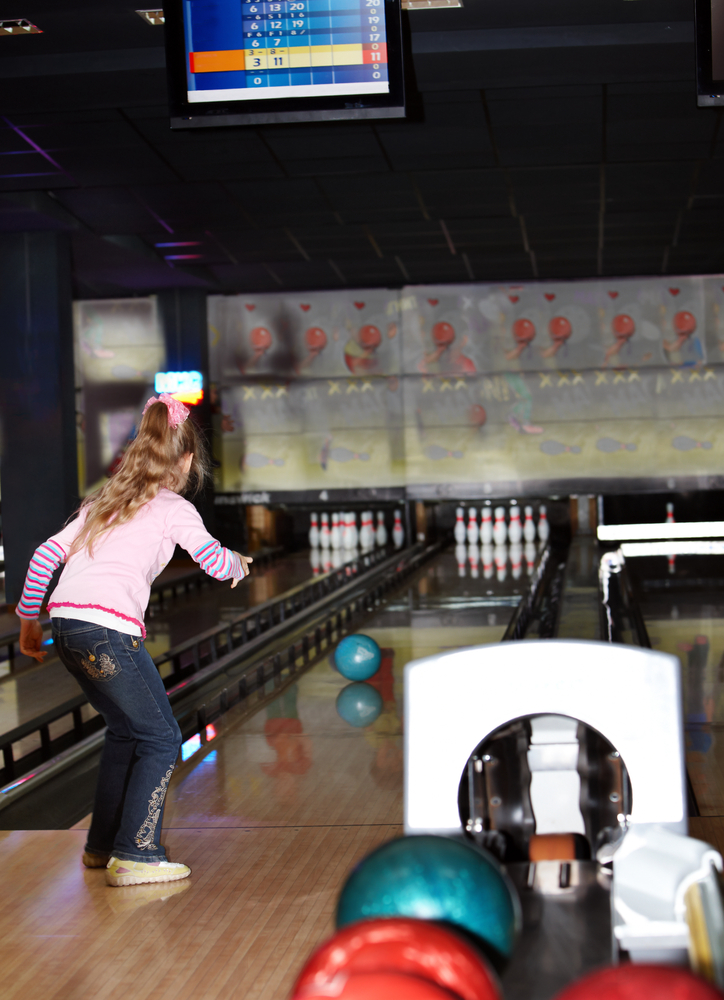
Bowling bumpers are primarily used by children, the elderly, and the disabled.
Children often don’t score as highly as their experienced family members, and this can be disappointing to the average youngster.
No one likes to bowl gutter ball after gutter ball. Bumpers give them a handicap so that they can hang with their family and feel like they can truly compete.
Some disabled children, teens, and adults may not be able to roll the ball with enough dexterity to keep the bowling ball on the lane and avoid the gutters. The bumpers give them the assistance they need to play the game like any able-bodied person.
The elderly often suffer from diminished muscle tone, weakness, and loss of coordination. This can result in increased gutter balls, which can be frustrating.
Also, it can be dangerous for elderly people to overexert themselves as they try to roll the bowling ball straight. Bumpers take away all the pressure and allow elderly men and women everywhere to enjoy and participate in bowling fun.
Can Regular Adults Use Bowling Bumpers?
There used to be a limit on who could use bowling bumpers. Decades ago, they used to be reserved for people who had difficulty lifting and rolling bowling balls. But now, people of all ages and skill levels can and do use bowling bumpers!
A few bowling alleys may still limit who can request bowling bumpers, so make sure you call ahead if you can’t play without them.
Pros and Cons of Bowling with Bumpers
Bowling bumpers are a valuable tool for everyone who needs them or simply wants to give them a try. Still undecided on whether you should request bumpers on your next trip to the bowling alley?
If so, we’re here to help! The following is a list of pros and cons to help you decide if bowling bumpers are right for you.
Pros
There’s a good reason why most bowling alleys have bumpers. They offer a ton of great benefits to bowlers of all ages. Here are some of the best things about bowling with the bumpers up.
- You can avoid the frustration and disappointment that arises when you aren’t able to hit the bowling pins or repeatedly get gutter balls.
- Bowling bumpers take some of the pressure off the game, so you can focus on having fun.
- Playing with bumpers is a fun way to switch up your game and try something new.
- Even first-time bowlers can play a good game with bowling bumpers, as they can dramatically improve anyone’s scoring potential.
Cons
Although bowling with bumpers is an excellent choice for some people, they aren’t for everyone. Here are the downsides of bowling with bumpers.
- Some people may be embarrassed to play with bowling bumpers since they’re often associated with children.
- The bumpers may have technical difficulties. Sometimes, they get stuck and won’t come up or go back down. When that happens, you’ll need to call an attendant to fix it. This can add a lot of time to your bowling game.
- Bumpers aren’t available at every bowling alley, which can be a disappointment for your bowling party.
- Bumpers don’t completely eliminate the chances of not scoring well during your game. Even though your ball won’t be able to go in the gutter, it may still miss the pins.
- Becoming too reliant on bumpers may make it difficult to improve your bowling skills.
Do the pros outweigh the cons? You’ll have to be the judge.
Do They Allow Bumpers in Bowling Tournaments?
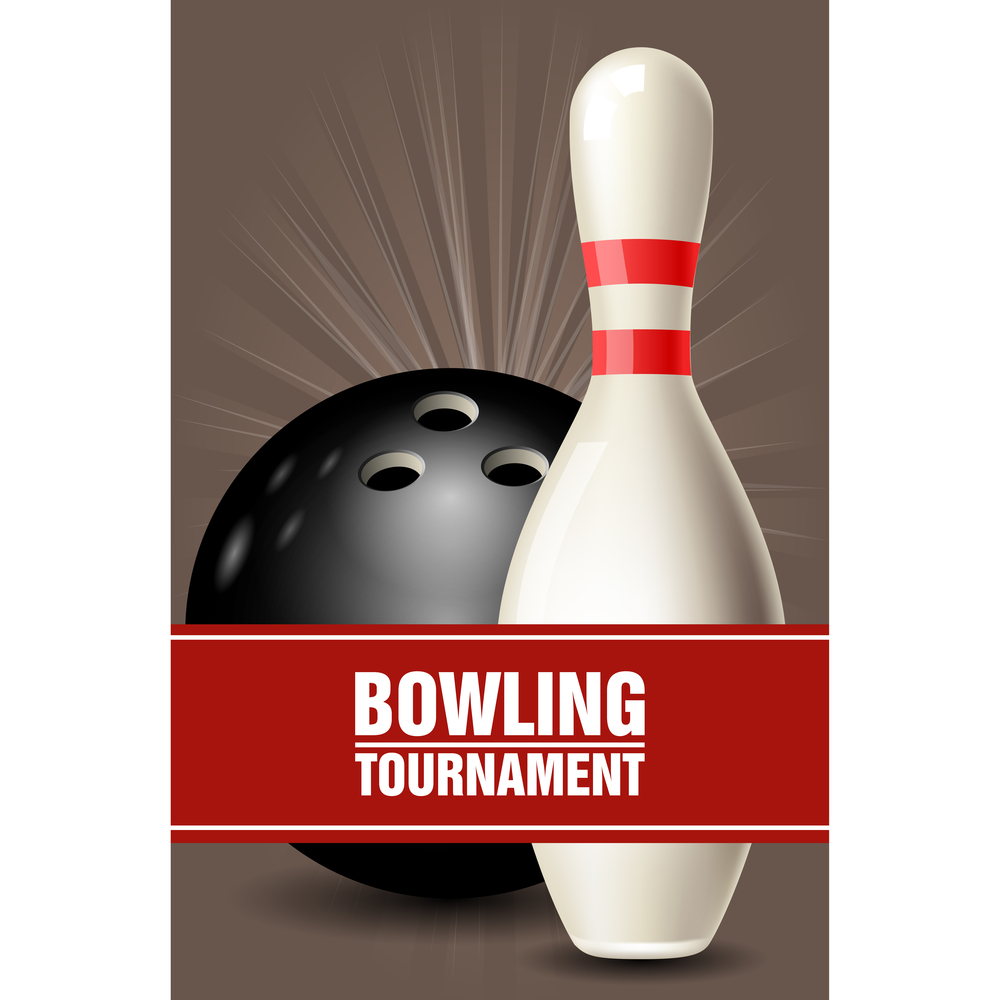
Regulators at bowling tournaments don’t generally allow bumpers. But they may be allowed in tournaments involving the disabled/impaired or children. Although bumpers make bowling more accessible, most professional bowlers compete without them.
Should You Use Bumpers?
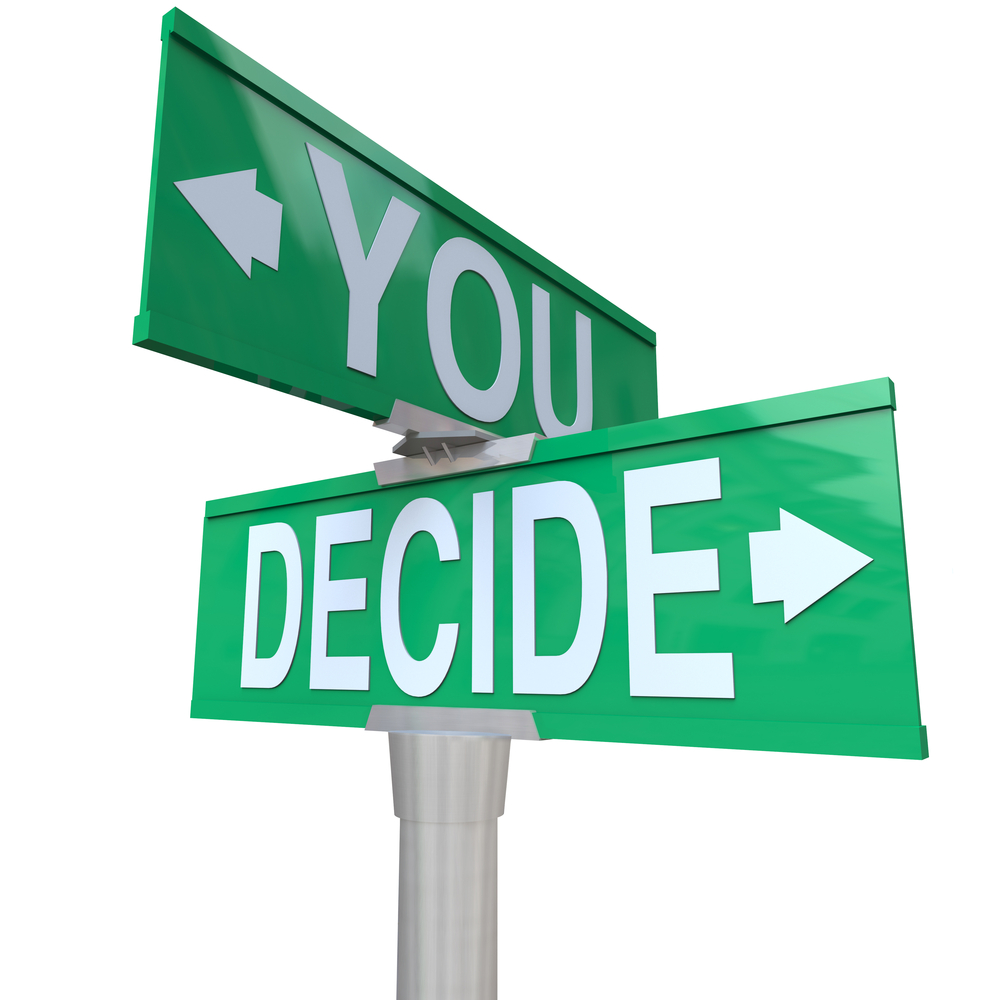
Your decision regarding whether to use bumpers should be based on your personal preferences. There’s no harm in using bumper rails at any age or skill level if that’s what you want to do.
So, go with whatever makes you feel comfortable in the moment. Just know that using bumpers often may not help you refine your skills in traditional bowling.
Therefore, if you plan on bowling competitively, you’re probably better off skipping the bumpers.
How Old Do You Have to Be for Bumper Bowling

Generally, bowling with bumpers is suitable for all ages. However, it is best recommended for kids and people with an impairment or who need assistance. This also lends to anyone who uses a ramp to bowl.
What's the Difference Between Bumper Bowling and Traditional Bowling?
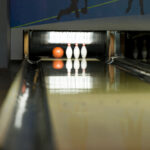
Bumper bowling is traditional bowling with "guard rails". It's a variation of traditional bowling that is typically played with young children or beginner bowlers. Bumper bowling lanes have bumpers on either side of the lane, which assists bowlers in staying on track and knocking down all 10 pins without gutter balls, while in traditional bowling, gutters are left open.
Related Articles
Bowling bumpers are somewhat controversial in the sport due to the edge they give you during gameplay. Even so, they make bowling more fun with friends, less stressful, and more accessible for everyone who wants to play.
We hope this article has answered all of your questions about bowling bumpers and explained all they have to offer. Whether you choose bumpers or not, have a ball!
Kira Byrd, a Certified Fraud Examiner, holds a B.S. in Accounting from the University of Alabama at Birmingham. With a passion for bowling from her childhood, Kira has poured her expertise and personal experiences into creating and nurturing Bowling For Beginners. Kira's mission is to meet new bowlers where they are and guide them toward consistently achieving higher scores. With a focus on skill development and strategic techniques, she empowers readers to take control of their game and unlock their true potential.
Bowling For Beginners embodies strict editorial integrity, ensuring reliable and unbiased information. Kira's commitment to delivering valuable insights and practical strategies is reflected in every article. Here's an explanation of our editorial policy and how we get money.





